Estonia
Welcome to Estonia
Estonia, a hidden jewel of Northern Europe, welcomes you with a captivating blend of medieval charm, pristine wilderness, and cutting-edge innovation. Nestled between the Baltic Sea and lush forests, this small yet dynamic country is fast becoming one of Europe’s most exciting travel destinations. Whether you’re drawn to the cobbled streets of Tallinn’s Old Town, the tranquil islands scattered across the Baltic, or the country’s forward-thinking digital culture, Estonia promises an experience that is both unique and unforgettable.
Estonia is a land where ancient traditions meet modern living. Its history is woven with stories of Danish, Swedish, German, and Russian influence, yet the nation has fiercely preserved its own identity. Since regaining independence in 1991, Estonia has emerged as a leader in digital innovation, earning a reputation as Europe’s “Silicon Valley of the East.” Despite its technological prowess, the country remains deeply connected to nature, with more than half its territory covered in forest and over 2,000 islands dotting its coastline.
The capital, Tallinn, is a UNESCO World Heritage site, renowned for its fairy-tale Old Town, vibrant creative districts, and lively café culture. Beyond Tallinn, Estonia unfolds into a landscape of wild bogs, serene lakes, and coastal villages where time seems to slow down. The islands, such as Saaremaa and Hiiumaa, offer a peaceful escape with windmills, lighthouses, and spa retreats. In the south, Tartu stands as Estonia’s intellectual and cultural heart, home to the country’s oldest university and a thriving student population.
Why Visit?
1.
Medieval Magic Meets Modern Marvels: Estonia is a place where you can wander through centuries-old streets, marvel at medieval castles, and then step into a world of digital innovation—all in a single day. Tallinn’s Old Town is one of the best-preserved in Europe, while the city’s creative quarters pulse with contemporary art, music, and gastronomy.
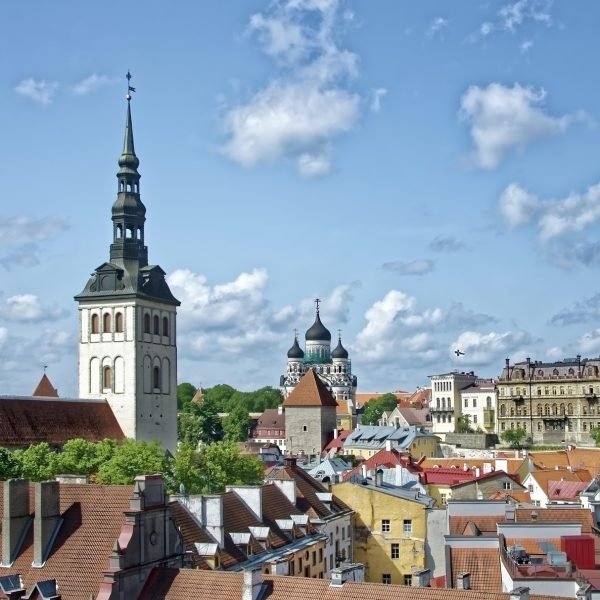
2.
Nature’s Playground: With its vast forests, tranquil lakes, and untouched islands, Estonia is a haven for outdoor enthusiasts. Hike through ancient woodlands, kayak along the Baltic coast, or unwind in a traditional smoke sauna. The country’s national parks and protected areas offer endless opportunities for adventure and relaxation, all within easy reach.
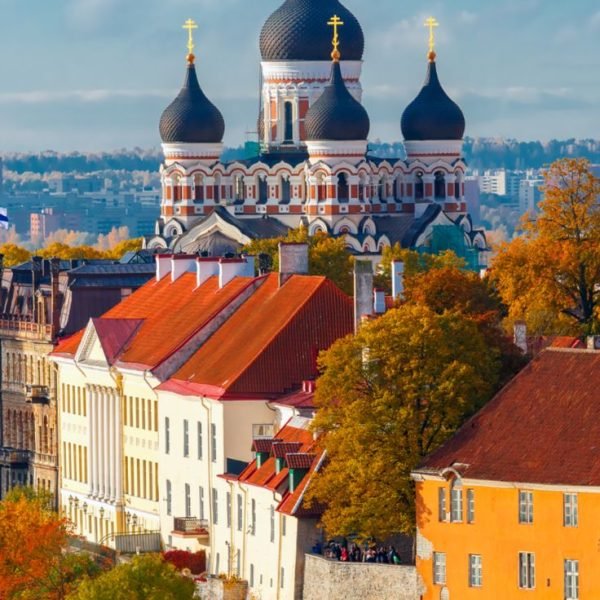
Planning Your Trip
Visa Information
Visa-Free Entry and ETIAS Requirement
For many travelers, Estonia offers a straightforward entry process. Citizens from the European Union, Schengen Area, and several other countries such as the United States, Canada, Australia, Japan, and New Zealand do not require a traditional visa for short stays of up to 90 days within a 180-day period. However, starting from 2024, travelers from these visa-exempt countries must obtain an ETIAS (European Travel Information and Authorization System) authorization before entering Estonia or any Schengen country. ETIAS is not a visa but a mandatory pre-screening travel authorization aimed at enhancing security across Europe. The application is completed online, usually takes minutes to process, and is valid for three years or until your passport expires. The ETIAS fee is €7 but is waived for children under 18 and seniors over 70.
Passport Requirements
Your passport must be biometric (containing a chip), valid for at least three months beyond your intended stay, and in good condition. It should also have at least one blank page for entry stamps. If your passport expires before your ETIAS authorization, you will need to reapply with the new passport.
Longer Stays and Other Visa Types
If you plan to stay in Estonia longer than 90 days, or intend to work, study, or engage in other activities such as seasonal employment or entrepreneurship, you will need to apply for a relevant visa or residence permit. Estonia offers various long-stay visa categories including student visas, work visas, digital nomad visas, and start-up entrepreneur visas. The application process requires submitting documents such as a valid passport, completed application form, proof of purpose of stay, financial means, health insurance, and sometimes an invitation letter or employment contract. Processing times and requirements vary depending on the visa type.
Tips for Visa Applicants
- Ensure your documents are original or certified copies, translated into Estonian or English when required.
- Provide proof of accommodation, travel itinerary, and sufficient financial means (generally around €70 per day).
- For minors traveling alone or with one parent, notarized parental consent is necessary.
- Always apply well in advance of your planned travel dates to allow for processing time.
Best Time to Visit
Estonia’s climate is temperate with distinct seasons, each offering unique experiences.
Summer (June to August)
Summer is the most popular time to visit, with warm temperatures averaging 20-25°C (68-77°F), long daylight hours (up to 19 hours in June), and lively festivals. It’s ideal for exploring the islands, enjoying beach resorts like Pärnu, and hiking in national parks. The weather is perfect for outdoor activities and cultural events, making it the peak tourist season.
Spring (April to May) and Autumn (September to October)
Spring and autumn are shoulder seasons with mild weather and fewer tourists. Spring brings blooming flowers and greenery, while autumn dazzles with colorful foliage. These seasons are excellent for hiking, birdwatching, and experiencing Estonia’s countryside in a quieter setting. Temperatures range from 5-15°C (41-59°F).
Winter (November to March)
Winter transforms Estonia into a snowy wonderland, especially in January and February when temperatures can drop below freezing (-5 to -15°C / 23 to 5°F). This is the time for winter sports, cozying up in smoke saunas, and enjoying Christmas markets. The snowy landscapes and frozen lakes offer magical scenery, though daylight hours are short.
Summary of Best Times
Season | Weather & Highlights | Ideal For |
Summer | Warm, long days, festivals | Beach, hiking, cultural events |
Spring | Mild, blooming nature | Nature walks, fewer crowds |
Autumn | Cool, colorful foliage | Hiking, photography |
Winter | Cold, snowy, festive atmosphere | Winter sports, sauna, markets |
Getting To and Around
Getting to Estonia
By Air
Tallinn Lennart Meri Airport is Estonia’s main international gateway, located about 4 km from the city center. It is well connected with direct flights from major European hubs such as Helsinki, Stockholm, Riga, and Frankfurt, as well as seasonal flights from other destinations. The airport offers efficient services and easy access to public transport and taxis.
Other regional airports include Tartu and Pärnu, which handle some domestic and seasonal flights.
By Ferry
Estonia’s location on the Baltic Sea makes ferries a popular entry point. Regular ferry services connect Tallinn with Helsinki (Finland), Stockholm (Sweden), and other Baltic cities. Ferries are a scenic and convenient option, especially for travelers coming from neighboring countries.
By Land
Estonia shares borders with Latvia and Russia. Well-maintained road networks and bus services connect Estonia with these countries. Train services link Tallinn to Riga and Moscow, though travel times vary.
Getting Around Estonia
Public Transport
Estonia offers a reliable and affordable public transport system.
- Tallinn: The capital has an extensive bus, tram, and trolleybus network. Notably, public transport is free for registered residents, and visitors can purchase tickets easily via mobile apps or kiosks.
- Intercity Buses: Frequent bus services connect major cities and towns, including routes to Tartu, Pärnu, and Narva. Buses are comfortable and punctual.
- Trains: Railways connect Tallinn with Tartu and Narva. Trains are a scenic and relaxing way to travel longer distances within Estonia.
Car Rental
Renting a car is an excellent way to explore Estonia’s countryside, islands, and national parks at your own pace. Roads are generally in good condition, and signage is clear in English. Driving is on the right side of the road. Keep in mind that winter driving requires caution due to snow and ice.
Biking
Estonia is very bike-friendly, with numerous marked cycling routes, especially in Tallinn, the islands, and national parks. Renting a bike is a popular option during warmer months.
Ferries and Boats
To visit Estonia’s islands like Saaremaa and Hiiumaa, ferries are essential. These operate regularly and are well integrated with bus schedules. Smaller boat tours offer opportunities to explore coastal and lake areas.
Taxis and Ride-Sharing
Taxis are widely available in cities and towns. Ride-sharing apps such as Bolt operate in Tallinn and other urban areas, offering a convenient alternative.
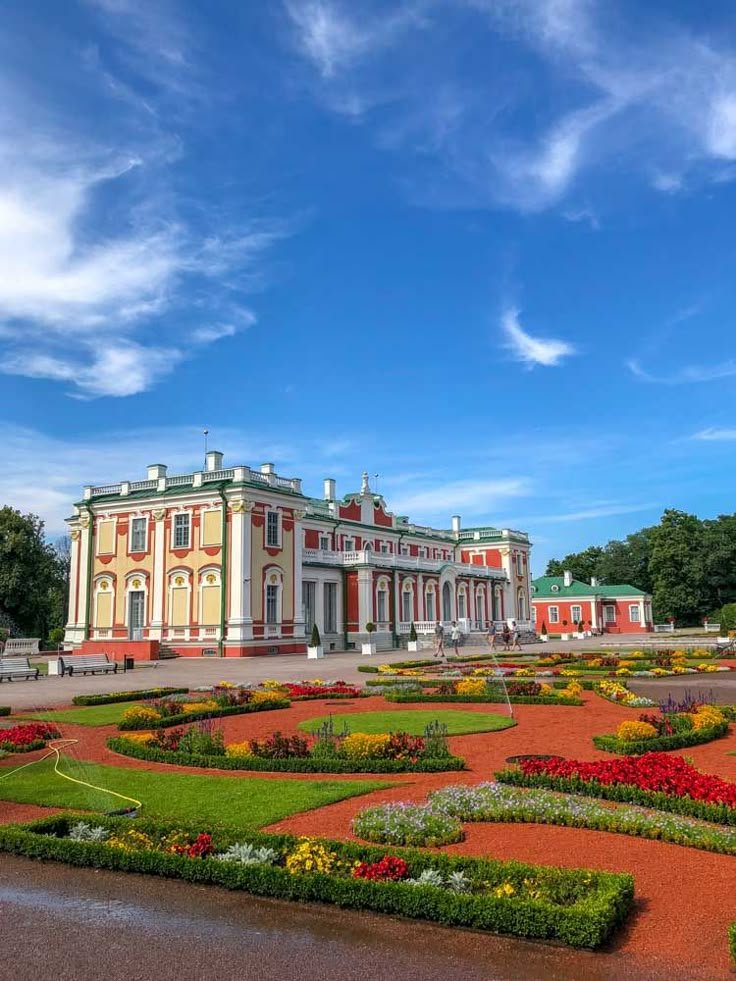
Accommodation
Estonia offers a diverse range of accommodation options catering to every traveler’s taste and budget, from luxury hotels in the heart of Tallinn to cozy countryside cabins and eco-friendly retreats nestled in pristine nature.
Luxury Hotels
For travelers seeking comfort and elegance, Estonia’s capital Tallinn boasts a selection of high-end hotels with modern amenities and prime locations. Hotels like the Hilton Tallinn Park and Radisson Collection Hotel, Tallinn, provide spacious, stylish rooms with stunning city or sea views, spa and wellness centers, rooftop bars, and excellent dining options. These hotels combine contemporary luxury with easy access to Tallinn’s UNESCO-listed Old Town and vibrant cultural scene.
Boutique hotels such as Nunne Boutique Hotel offer a more intimate experience with beautifully designed rooms and personalized service, often located in historic buildings close to the city center. These accommodations provide a blend of old-world charm and modern comfort, ideal for travelers who appreciate unique atmospheres.
Mid-Range and Budget Options
Estonia also caters well to mid-range and budget travelers. Hotels like Original Sokos Hotel Viru and Nordic Hotel Forum offer comfortable rooms, great breakfast buffets, and convenient locations near Tallinn’s Old Town and shopping districts. For those seeking affordable yet clean and functional stays, options like Ibis Tallinn Center and Citybox Tallinn provide modern rooms with essential amenities, self-check-in facilities, and proximity to public transport.
Guesthouses and hostels are popular among backpackers and solo travelers, especially in Tallinn and Tartu. For example, 16eur Old Town Munkenhof Guesthouse offers cozy, budget-friendly rooms in the heart of Tallinn’s historic district, with a friendly atmosphere and opportunities to meet fellow travelers.
Countryside Cabins and Eco-Friendly Stays
For a more tranquil experience, Estonia’s countryside and islands offer charming cabins and eco-friendly holiday homes. These accommodations allow visitors to immerse themselves in nature, whether it’s a wooden cabin by a lake, a traditional farmhouse, or a modern eco-lodge designed with sustainability in mind. Many of these are located within or near national parks like Lahemaa, providing easy access to hiking, birdwatching, and other outdoor activities.
Estonia’s commitment to sustainable tourism means you can find green accommodations that minimize environmental impact, use renewable energy, and promote local culture. Staying in these eco-friendly homes offers a peaceful retreat and a chance to experience Estonia’s natural beauty up close.
Unique Stays
For something truly memorable, consider staying in a medieval castle hotel or a historic manor house. Several estates around Estonia have been converted into boutique hotels, combining centuries-old architecture with modern luxury. These unique accommodations provide a glimpse into Estonia’s rich history and offer a romantic and elegant setting.
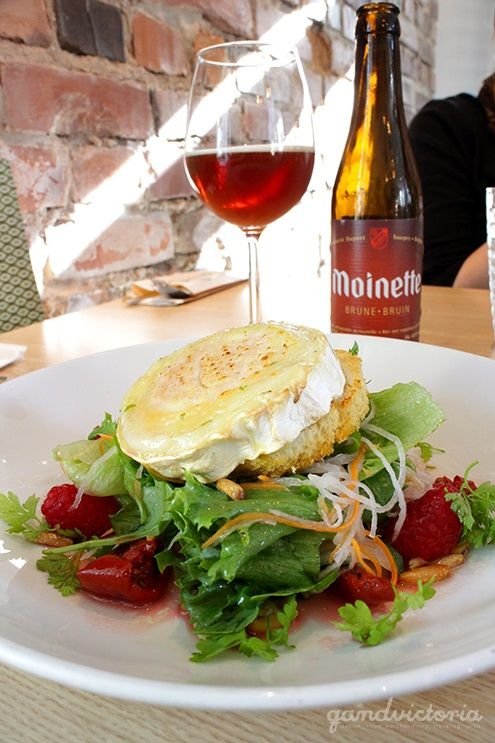
Food and Drink
Estonian cuisine is a delightful reflection of its northern climate, rich natural resources, and cultural influences from neighboring countries. It emphasizes fresh, local ingredients, traditional recipes, and a growing modern food scene that blends innovation with heritage.
Traditional Estonian Cuisine
Estonian food is hearty and comforting, perfect for the cooler climate. Staples include rye bread, smoked fish, potatoes, mushrooms, and dairy products. Popular traditional dishes you should try include:
- Black bread (leib): A dense, dark rye bread that is a cornerstone of Estonian meals.
- Kama: A traditional mixture of roasted barley, rye, oat, and pea flour, often eaten with buttermilk or yogurt.
- Mulgikapsad: A savory dish of sauerkraut stewed with pork and barley.
- Verivorst: Blood sausages typically served during Christmas but enjoyed year-round.
- Kiluvõileib: A classic open-faced sandwich topped with sprats (small smoked fish), egg, and herbs.
- Smoked fish: Baltic herring, salmon, and eel are commonly smoked and served as appetizers or main dishes.
- Wild mushrooms and berries: Foraged from Estonia’s vast forests, these are often incorporated into soups, sauces, and desserts.
Modern and Fusion Cuisine
Estonia’s capital Tallinn has a vibrant culinary scene where traditional flavors meet contemporary techniques. Many restaurants focus on farm-to-table concepts, using seasonal and organic ingredients sourced from local producers. Innovative chefs reinterpret classic dishes, offering tasting menus that showcase Estonia’s culinary heritage with a modern twist.
Trendy cafés and bistros serve excellent coffee, fresh pastries, and light meals, perfect for a midday break while exploring the city. Craft breweries and cocktail bars have also flourished, offering local beers brewed with native ingredients and creative drinks inspired by Estonian flavors.
Seasonal and Festive Foods
Seasonality plays a big role in Estonian dining. Spring and summer bring fresh vegetables, herbs, and berries, while autumn is the time for mushrooms, game meat, and root vegetables. Winter menus often feature preserved foods, hearty stews, and warming drinks.
During holidays, especially Christmas and Midsummer, special dishes and treats are prepared. For example, Christmas markets offer gingerbread, mulled wine, and traditional sweets, creating a festive atmosphere.
Beverages
Estonia has a growing reputation for quality beverages:
- Coffee: Estonians love their coffee, and Tallinn is dotted with excellent specialty coffee shops.
- Craft beer: The craft beer scene is booming, with many microbreweries producing unique brews using local ingredients like juniper and honey.
- Vana Tallinn: A famous Estonian liqueur with a rich, spiced flavor often enjoyed as a digestif or in cocktails.
- Berry wines and ciders: Made from wild berries like blackcurrants and cloudberries, these offer a sweet and tangy taste of the region.
Eating Out
Dining out in Estonia is accessible and enjoyable. From high-end restaurants in Tallinn’s Old Town to cozy taverns in rural villages, you’ll find a welcoming atmosphere and friendly service. Many places offer vegetarian and vegan options, reflecting the country’s growing interest in diverse diets.
Markets, such as Tallinn’s Balti Jaama Turg, are great spots to sample local produce, street food, and artisanal products. Food festivals and events throughout the year celebrate Estonian culinary traditions and innovations, providing travelers with immersive gastronomic experiences.
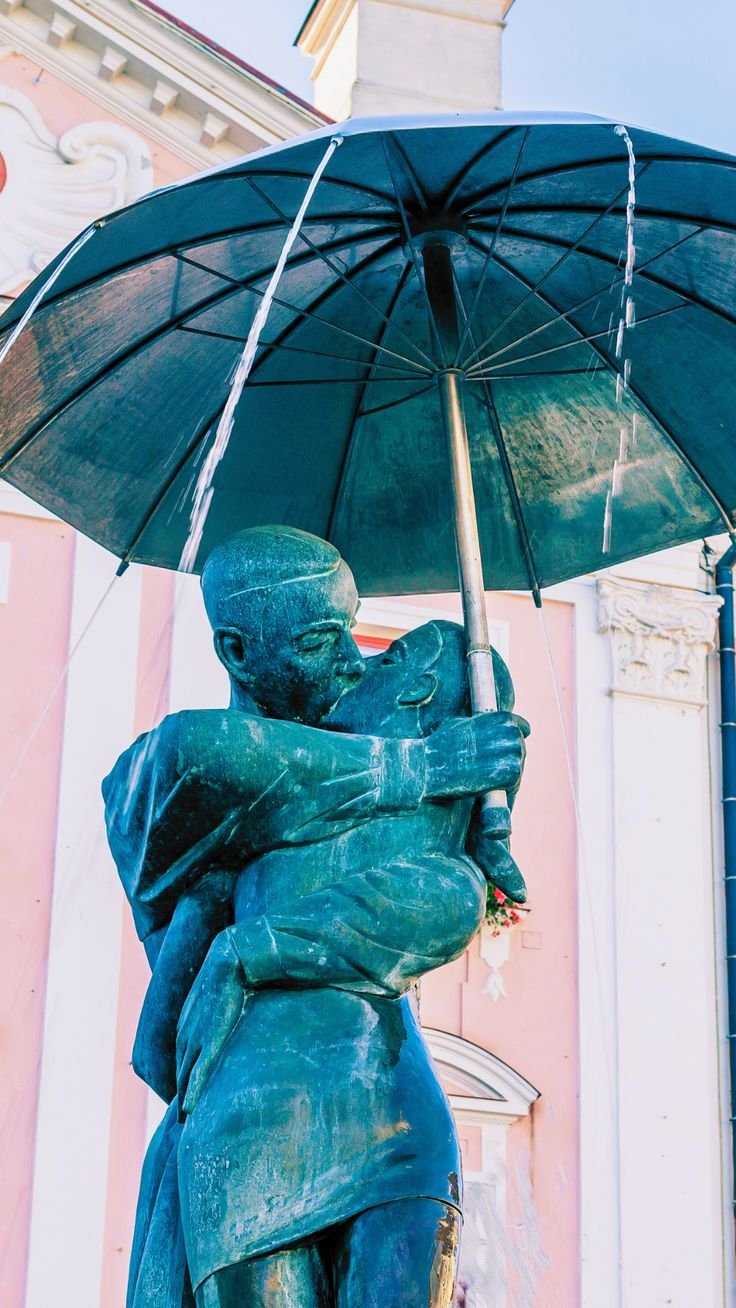
Must-See Attractions
Estonia is a captivating destination where medieval history, pristine nature, and vibrant culture come together to offer travelers a rich and varied experience. Whether you are drawn to ancient castles, sprawling national parks, or charming coastal towns, Estonia has something to enchant every visitor. Here’s a detailed guide to the must-see attractions and must-do activities for your 2025 trip.
- Tallinn Old Town
The crown jewel of Estonia’s tourism, Tallinn’s Old Town is one of Europe’s best-preserved medieval cities and a UNESCO World Heritage site. Wander through narrow cobblestone streets lined with colorful merchant houses, Gothic churches, and centuries-old city walls. Highlights include the Town Hall Square (Raekoja Plats), a lively hub surrounded by quaint cafés and shops, where cultural events and festive markets take place throughout the year. Don’t miss Toompea Hill, home to the imposing Toompea Castle and the ornate Alexander Nevsky Cathedral with its striking Russian-style architecture. From the hilltop viewing platforms, panoramic vistas of Tallinn’s red rooftops and the Baltic Sea unfold, offering perfect photo opportunities.
- Lahemaa National Park
Just an hour’s drive east of Tallinn, Lahemaa National Park is a nature lover’s paradise. Covering nearly 750 square kilometers, it is Estonia’s largest and oldest national park, featuring dense forests, raised bogs, rugged coastlines, and historic manor houses. Explore hiking trails that lead you through pristine wilderness and visit grand estates like Palmse and Sagadi Manors, which showcase Estonia’s aristocratic past. The park is home to wildlife such as deer, wolves, and lynx, and is perfect for birdwatching and photography.
- Saaremaa Island
Estonia’s largest island, Saaremaa, offers a tranquil escape with its unspoiled beaches, windmills, and quaint villages. The medieval Kuressaare Castle, dating back to the 14th century, stands as a well-preserved fortress and museum. Nature enthusiasts will appreciate Vilsandi National Park, known for its rich birdlife and coastal landscapes. The island is also famous for the Kaali meteorite craters, a fascinating geological site with a small museum explaining the ancient impact event.
- Tartu
Estonia’s second-largest city, Tartu, is the intellectual and cultural heart of the country. Home to Estonia’s oldest university, it boasts a youthful and lively atmosphere. Visit the Tartu Cathedral ruins, the Old Observatory, and stroll along the scenic Emajõgi River. The city’s museums, galleries, and cafés make it a vibrant destination for history buffs and art lovers alike.
- Pärnu
Known as Estonia’s summer capital, Pärnu is a charming seaside resort town famous for its sandy beaches and spas. The promenade along Pärnu Bay invites leisurely walks, while the historic old town features timber villas and quaint churches. Pärnu’s spa culture dates back to the 19th century, offering wellness treatments including mud baths and saunas, making it an ideal place to relax and rejuvenate.
- Soomaa National Park
Soomaa National Park is unique for its vast wetlands and “fifth season” flooding phenomenon, when the park transforms into a waterworld. Canoeing through flooded forests and bogs is a magical experience here. The park is also rich in wildlife, including beavers, elk, and golden eagles, and offers peaceful hiking trails and nature watching opportunities.
- Narva Castle
Located on the eastern border with Russia, Narva Castle stands as a symbol of Estonia’s strategic history. The fortress overlooks the Narva River and the Russian Ivangorod fortress across the border. The castle houses a museum that tells the story of the region’s turbulent past and offers stunning views of the river and city.
- Matsalu National Park
A paradise for birdwatchers, Matsalu National Park is one of Europe’s most important wetland reserves. In spring and autumn, thousands of migratory birds stop here, including cranes and geese. The park also features meadows, forests, and coastal areas, with walking trails and observation towers.
- Viljandi
This small southern town is known for its medieval ruins, particularly the Viljandi Order Castle, and its vibrant folk music festivals held every July. The town’s picturesque setting on the shores of Lake Viljandi, combined with cultural events, makes it a charming destination for history and music enthusiasts.
- Hiiumaa Island
Estonia’s second-largest island, Hiiumaa, is renowned for its peaceful nature, historic lighthouses like Kõpu Lighthouse, and sandy beaches. It’s a perfect spot for cycling, birdwatching, and exploring traditional villages away from the crowds.
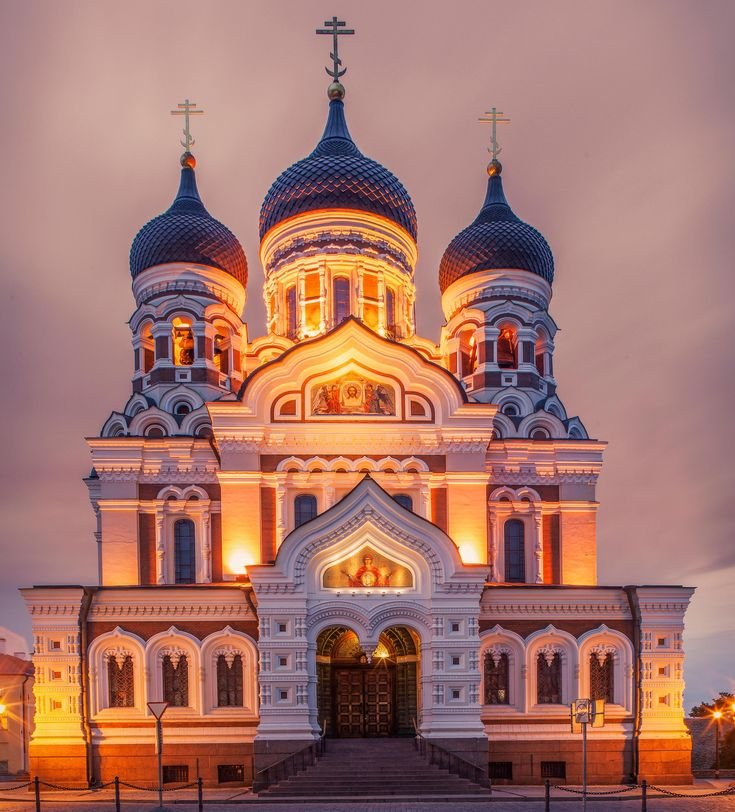
Must-Do Activities
- Explore Tallinn’s Medieval Streets
Walking through Tallinn’s Old Town is like stepping back in time. Take your time to explore the winding alleys, visit artisan shops, and enjoy local cuisine in atmospheric taverns. Climb the towers of the city walls for breathtaking views and soak in the medieval ambiance.
- Hike and Bog Walk in Lahemaa National Park
Experience Estonia’s natural beauty by hiking the park’s well-marked trails. Don’t miss walking on the wooden boardwalks over ancient bogs, a uniquely Estonian experience. Visit traditional fishing villages and historic manors to combine nature with culture.
- Island Hopping to Saaremaa and Hiiumaa
Take ferries to Estonia’s islands for a slower pace and stunning landscapes. Rent a bike or car to explore windmills, lighthouses, and quiet beaches. Visit Kuressaare Castle on Saaremaa and enjoy fresh seafood in local restaurants.
- Canoeing in Soomaa National Park
During the “fifth season” flooding or in summer, canoeing through Soomaa’s flooded forests and rivers is a magical activity. Guided tours offer safe and informative ways to experience this rare natural phenomenon.
- Attend a Folk Music Festival in Viljandi
If visiting in July, don’t miss the Viljandi Folk Music Festival, Estonia’s largest of its kind. Enjoy traditional music, dance, and crafts in a lively, welcoming atmosphere.
- Relax in Pärnu’s Spas and Beaches
Spend a day or two unwinding on Pärnu’s sandy beaches. Indulge in spa treatments, including mud baths and saunas, which have been part of the local culture for centuries. The town’s vibrant café scene offers great spots to enjoy fresh seafood and local delicacies.
- Discover Estonia’s Digital Innovation
Visit Tallinn’s Telliskivi Creative City, a former industrial area turned cultural hub filled with galleries, studios, and trendy eateries. Estonia’s pioneering e-government and digital society can also be explored through interactive museums and tech tours.
- Birdwatching in Matsalu National Park
Bring your binoculars and camera to Matsalu during migration seasons. The park’s observation towers provide excellent vantage points to spot rare and beautiful birds.
- Visit Historic Castles
Explore the medieval fortresses of Narva and Rakvere Castles. Both offer interactive exhibits, reenactments, and panoramic views, providing insight into Estonia’s medieval past.
- Winter Activities in Otepää
If visiting in winter, head to Otepää, Estonia’s winter sports capital. Skiing, snowboarding, and sledding are popular, and the snowy landscape offers a magical setting for outdoor enthusiasts.
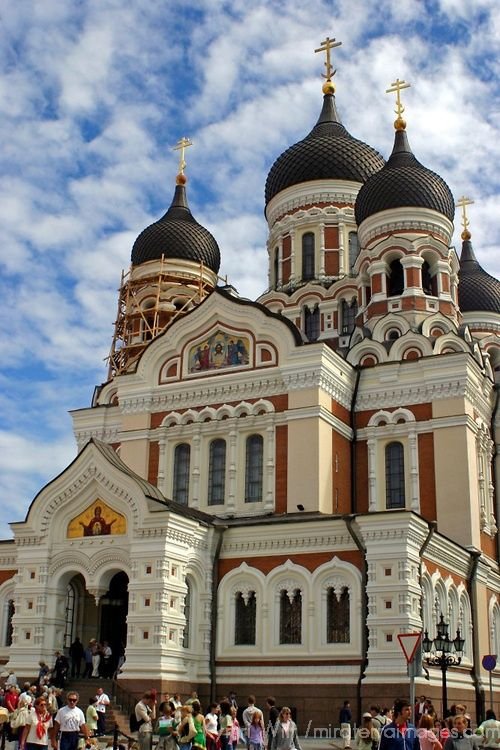
Travel Tips
Estonia, a gem of Northern Europe, offers visitors a unique blend of medieval charm, pristine nature, and cutting-edge digital innovation. To fully enjoy your trip in 2025, understanding the local customs, language, and safety considerations will enrich your experience and help you connect with Estonians respectfully and confidently. Here’s a detailed guide with practical travel tips to navigate Estonia smoothly.
Safety Advice
Estonia is widely regarded as one of the safest countries in Europe, with low crime rates and a high standard of living. However, like any travel destination, staying aware and prepared enhances your security and peace of mind.
General Safety
- Low Crime Environment: Violent crime is rare, and petty crimes such as pickpocketing or bag snatching are uncommon but can occur, especially in crowded tourist areas like Tallinn’s Old Town or public transport hubs. Keep your belongings secure and avoid flashing valuables.
- Night Safety: Cities like Tallinn and Tartu are generally safe at night, but it’s wise to stick to well-lit streets and avoid isolated areas after dark.
- Emergency Numbers: The universal European emergency number 112 works in Estonia for police, fire, and medical emergencies.
- Health and Medical Care: Estonia has a good healthcare system with modern facilities in urban centers. Travel insurance covering medical expenses is recommended. Pharmacies are widely available, and pharmacists often speak English.
- Road Safety: If renting a car, drive cautiously, especially in winter when roads can be icy. Always wear seat belts and observe speed limits. Pedestrians have the right of way at crosswalks, but remain vigilant.
Natural Environment
- Estonia’s nature is inviting but demands respect. When hiking or exploring bogs and forests, stick to marked trails to avoid getting lost or damaging fragile ecosystems.
- Mosquitoes can be a nuisance in summer, especially near wetlands, so bring insect repellent.
- Swimming in lakes and the Baltic Sea is popular in summer, but always heed local safety signs and avoid swimming alone.
Local Customs
Estonians are known for their reserved and polite nature, valuing honesty, punctuality, and respect for personal space. Understanding these cultural nuances will help you make a positive impression.
Greetings and Social Interaction
- The most common greeting is “Tere” (hello). When meeting someone for the first time, a firm handshake with direct eye contact is customary. Men usually initiate handshakes with women.
- Estonians tend to be formal initially and may seem reserved or even distant, but this should not be mistaken for unfriendliness. Once relationships develop, they become warm and genuine.
- Use titles and surnames when addressing people, especially in formal or business settings. For example, “Härra” (Mr.), “Proov” (Mrs.), or “Preili” (Miss) followed by the last name. Wait until invited to use first names.
- Personal space is important. Maintain about a 1.2 to 3-meter distance when interacting with strangers.
Punctuality
- Estonians value punctuality highly. Arriving on time for meetings, social events, or meals shows respect and reliability. If you expect to be late, notify your host or contact person.
Gift Giving
- When invited to an Estonian home, it is polite to bring a small gift such as chocolates, flowers (in odd numbers), or wine. Gifts are usually opened upon receipt.
- Gift-giving is common for birthdays and Christmas but is generally modest; the thought counts more than the value.
Dining Etiquette
- Wait to be invited to sit down and do not start eating until the host says “Head isu” (bon appétit).
- Table manners are formal: use the fork in your left hand and knife in your right, avoid resting elbows on the table, and try to finish your plate as a compliment to the cook.
- Shoes are often removed when entering someone’s home.
- Offering to help with meal preparation or clearing up is polite but usually declined.
- Avoid discussing business at the dining table unless the host initiates it.
- Tipping is appreciated but not mandatory; around 10% in restaurants is customary for good service.
Public Behavior
- Estonians tend to be quiet and reserved in public. Loud conversations, especially on public transport or in restaurants, are frowned upon.
- Queuing is strictly observed. Always wait your turn patiently.
- Respect for nature is deeply ingrained. Littering or damaging plants and wildlife is socially unacceptable and may result in fines.
Sauna Culture
- The sauna is a cherished tradition in Estonia, often associated with relaxation and socializing. If invited to a sauna, it is polite to participate, and nudity is common but not obligatory. Respect the customs and privacy of others.
Language Basics
Estonian is a Finno-Ugric language closely related to Finnish but quite distinct from most other European languages. While many Estonians speak excellent English, especially in urban areas and among younger generations, learning a few basic phrases will be appreciated and help you connect with locals.
Common Phrases
- Tere – Hello
- Tere hommikust – Good morning
- Tere päevast – Good afternoon
- Head aega – Goodbye
- Aitäh – Thank you
- Palun – Please / You’re welcome
- Jah – Yes
- Ei – No
- Vabandust – Excuse me / Sorry
- Kui palju see maksab? – How much does this cost?
- Kus on tualett? – Where is the toilet?
Pronunciation Tips
- The letter “õ” is a unique Estonian sound, somewhat like the ‘u’ in “fur” but pronounced further back in the throat.
- Stress is usually on the first syllable of words.
- Estonian is phonetic, so words are pronounced as they are written.
Language in Business and Services
- English is widely spoken in business, tourism, and government services.
- Russian is also commonly spoken, especially in eastern Estonia and among older generations.
- Learning polite greetings and thanking people in Estonian can open doors and show respect.
Additional Tips and Final Thoughts
Additional Practical Tips
- Currency: Estonia uses the euro (€). Credit cards are widely accepted, but it’s good to carry some cash for small purchases or rural areas.
- Transport: Public transport in Tallinn is free for residents but requires a ticket for visitors. Buses and trams are reliable, and taxis or ride-sharing apps like Bolt are convenient.
- Connectivity: Estonia is one of the most digitally advanced countries, with free Wi-Fi widely available.
- Weather: The climate can be variable; pack layers and waterproof clothing, especially if visiting outside summer.
- Respect for Nature: When hiking or exploring, follow “leave no trace” principles. Estonians take pride in their clean environment.
Summary
Traveling in Estonia in 2025 is a rewarding experience enhanced by respecting local customs, understanding social etiquette, and embracing the language basics. Estonians appreciate politeness, punctuality, and sincerity, and while they may seem reserved at first, they are warm and welcoming once you get to know them. Your awareness of dining manners, gift-giving traditions, and public behavior will help you blend in smoothly. Coupled with Estonia’s reputation as a safe and digitally savvy nation, these travel tips will ensure your visit is enjoyable, respectful, and memorable.

